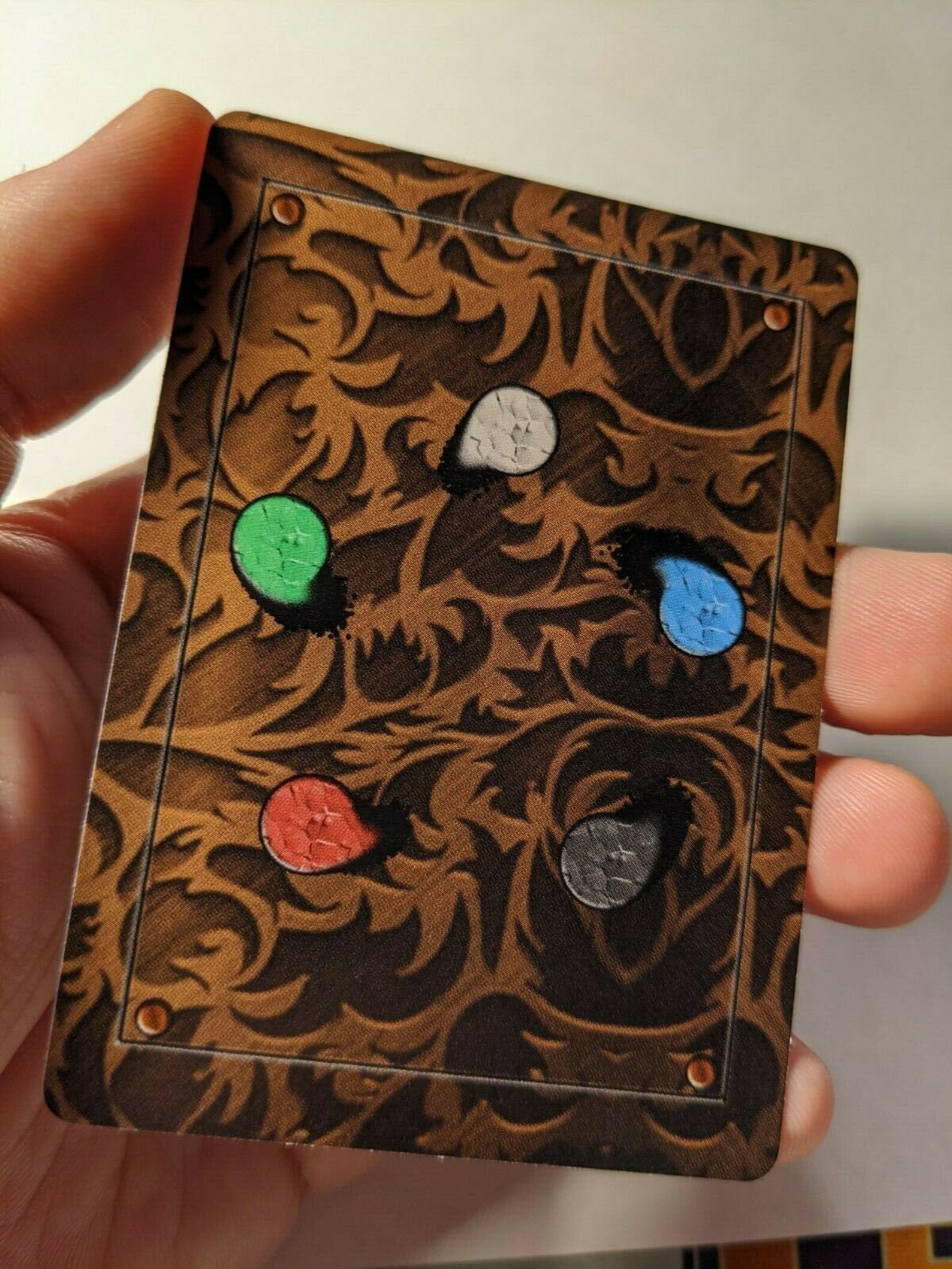
The main issue to guarantee fair play in a card game is that all cards in the deck must be indistinguishable for any player who does not view the front side (if card sleeves are used, the term ‘card’ means the sleeve with the card inside). In this case, however, the term “proxy” may no longer be applicable, as these cannot be considered substitutes for existing objects.įamous cards that are often proxied are the so-called power nine in Magic: The Gathering, which are considered totally out of balance in gameplay, while being unaffordable for the average player, due to their rarity and enormous price on the secondary market. Some players create cards based on their own ideas for card themes and mechanics. Card developers in companies like Wizards of the Coast use proxies to playtest their ideas for new cards before they are printed.

Proxy cards allow a player to test new cards, before they decide to actually buy or trade for them. This policy has become especially popular in games or formats where some vital cards are far too expensive, such as the vintage format in Magic: The Gathering.įor playtesting. In tournaments, the organizer may permit a limited number of proxy cards, and define rules about how these cards must look.

This allows to play a higher variation of card combinations and strategies, while keeping a limit on the expenses. In casual games, the players may agree on a common policy of how to incorporate proxy cards. The rules and restrictions are object of common agreement, or a given policy, and may differ from the above-mentioned “fair play requirements”. Proxy cards can be used in various situations.


 0 kommentar(er)
0 kommentar(er)
